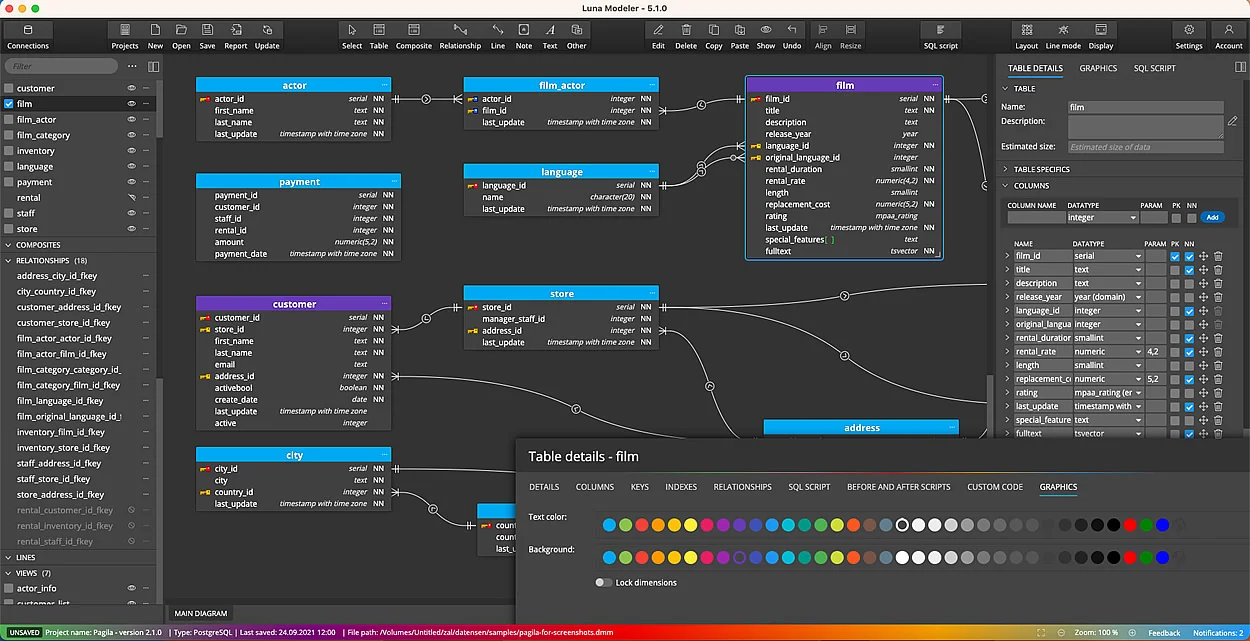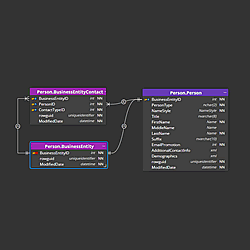Introduction
When creating a database, one of the critical steps is database modeling. This involves identifying the data to be stored, defining relationships between data, and creating a blueprint of the database structure. Database modeling is a vital part of the database design process, and as such, it can help improve data quality, reduce redundancy, and enhance database performance.

Elements of Database Modeling
To create an effective database model, you need to consider the following elements:
- Data types: Determine the types of data that will be stored in the database, such as numeric, string, date/time, boolean and other data types.
- Tables: Design tables to organize related data into rows and columns. Proper table design can improve data storage, retrieval, and maintenance.
- Relationships: Establish relationships between tables using foreign keys. Proper relationship design can ensure data consistency and accuracy.
- Normalization: Organize data in a database to minimize redundancy and dependency. Follow the rules of normalization to eliminate data duplication and inconsistencies.
- Constraints: Set rules that ensure data meets specific criteria such as primary key, unique key, and foreign key constraints. Proper constraints can prevent data inconsistencies and improve data quality.
- Indexing: Create indexes on tables to improve database performance. Proper indexing can speed up data retrieval and searching. Read more about indexes for SQL server.
Importance of Database Modeling
It is crucial for several reasons. A well-designed database model can help improve data quality, reduce redundancy, and enhance database performance. Additionally, it can have a significant impact on website speed, which is a critical ranking factor for search engines. Here are some benefits of using database modeling:
- Improved data quality: Proper database modeling can enhance data accuracy and consistency, leading to better data quality.
- Reduced redundancy: It can help eliminate duplicate data, leading to a more efficient database structure.
- Enhanced performance: A well-designed database model can improve database performance by reducing data retrieval times.
- Better user experience: A well-designed database model can provide faster and more accurate search results, leading to better user experience.
- Improved security: Proper database modeling can reduce the risk of data breaches and cyber attacks by improving data security.
Tips for Using Database Modeling Tools
Using a database modeling tool can simplify the database modeling process. Here are some tips for using database modeling tools effectively:
- Choose the right tool: Choose a tool that aligns with your specific needs and project requirements. Try Luna Modeler – a database modeling tool for relational databases like SQL Server, MySQL, PostgreSQL, SQLite and others.
- Plan ahead: Determine your data requirements and the overall structure of the database before starting to model.
- Test and validate: Test and validate your database model to ensure that it meets your project requirements and goals.
Conclusion
Proper database modeling involves identifying data types, designing tables and relationships, organizing data, setting constraints, creating indexes, and using the right database modeling tools. By following these guidelines, you can create a well-designed database model that meets your specific needs and enhances your project’s success.
